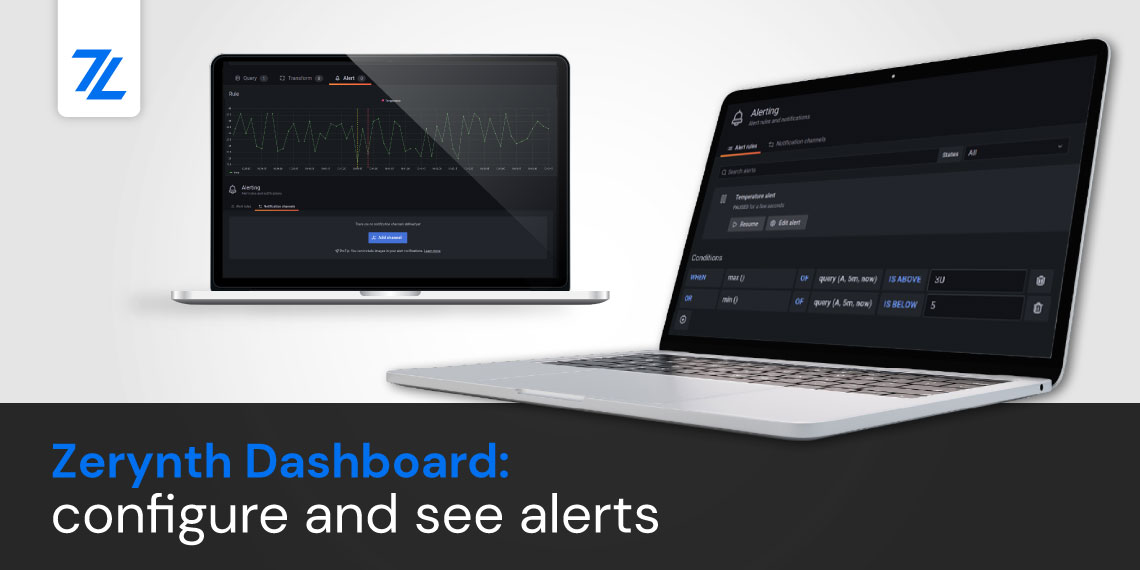You can input data into a device in many different ways. For example, you could do it by clicking on your mouse, or you could use your voice, and input data over the microphone. Yet, the most common way to do this is to use the keyboard. That is why we are glad to share our newest demo with you. It teaches how to easily program a keyboard module in Python, and use it on the Zerynth-powered Riverdi IoT display.
It’s an easy and efficient way to input parameters for an embedded application, like an Access Control System with two-factor authentication that needs a pin code input, or a wifi scan that needs a password input.
Of course, you can easily reuse and customize the keyboard module later. Just a few parameters need to be changed during the initialization on any further project compatible with the latest version of Zerynth ZDM.
Demo requirements
This is what you’ll need to recreate this demo at home:
Now, here’s what you need to know about IoT displays from Riverdi. These IoT displays have a Zerynth license onboard, which enables you to start programming them right out of the box. They also feature Espressif’s ESP32 microcontroller, Bridgetek’s BT81x graphics controller, and two MikroBUS sockets (which means you can expand their functionality further with hundreds of od Click Boards).
Zerynth SDK is the gateway to the whole Zerynth platform. A powerful Command Line Interface and an easy-to-use IDE for programming in Python and C your projects and manage all the assets. It includes:
- The Zerynth Toolchain – a command-line interface that integrates all the essential functions for the development with Zerynth OS and the management of the Zerynth Device Manager cloud service.
- The Zerynth Studio – an advanced IDE for the Zerynth Toolchain. It includes development and debugging tools and numerous code examples.
Let’s start!
We’ve covered all the basics, so now you can move on to the demo, and create your own keyboard module. Don’t hesitate to contact us, and send us your results. We’re really curious to see how you would make your keyboard look.
This is how ours turned out:






